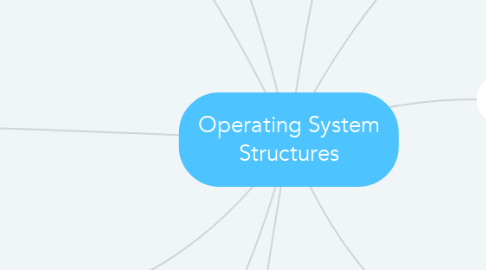Operating System Structures
by Operating System


1. Pass Control
2. Many systems traditional
2.1. o Device drivers o File systems o Virtual memory manager o Windowing system o Security services
3. System Calls
3.1. available as assemble-language instrutions
3.2. Languages defined to replace assembly language for systems programming
3.3. 3 methods to pass parameter
4. Type of System Calls
4.1. Device Management
4.2. Information Maintenance
4.3. Communications
4.4. Protections
4.5. File Management
5. Layered Approach
5.1. OS divided in numbers of layers
5.1.1. bottom layer (hardware)
5.1.2. highest layer (user interface)
5.2. With modularity, layers are selected such that each uses function & services
5.3. Advantages
5.3.1. Simplicity of construction and debugging
5.4. Disadvantages
5.4.1. The careful definition and interaction of the layers
5.4.2. Less efficiency
6. Microkernel
6.1. Small OS core
6.2. Contains only essential core OS functions
6.3. Benefits
6.3.1. extensibilty
6.3.2. flexibility
6.3.3. reliability
6.3.4. portability

